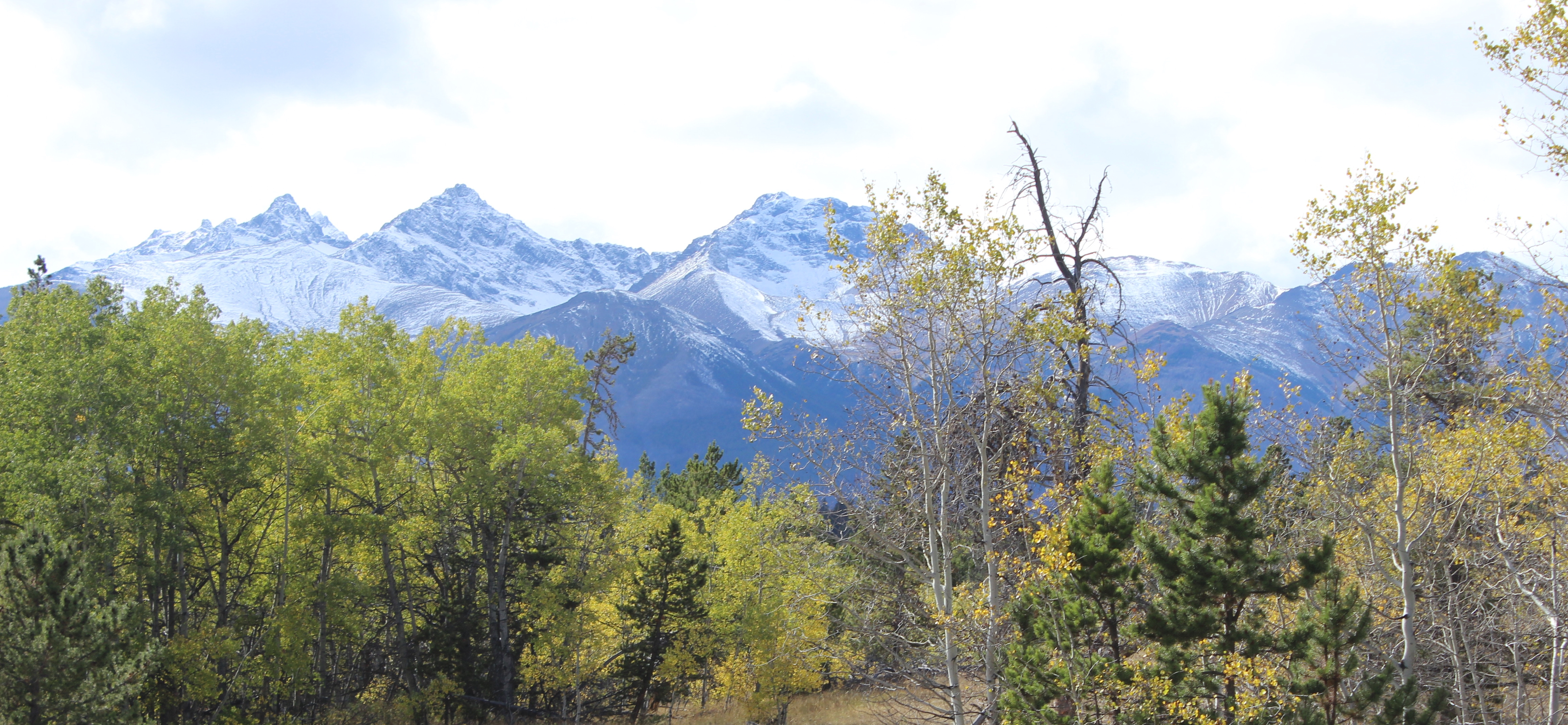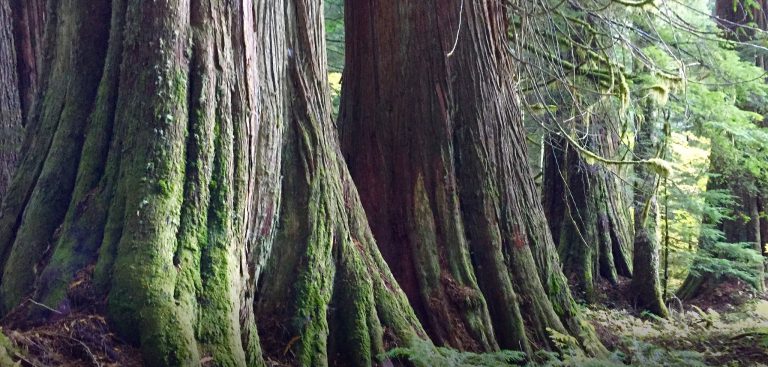
Protecting Cascadia’s Forest Ecosystems: The Northwest Forest Plan
Northwest / Southwest
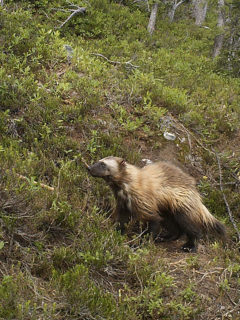
In 2006, U.S. Forest Service biologist Keith Aubry quietly approached a large wooden box trap set high in the Cascade Mountains in the wildest part of the Wenatchee National Forest. He was hoping that the trap, which was sprung shut, would contain a wolverine, one of the rarest mammals in North America.
Aubry was in luck, and then in awe: inside was the first-ever live-trapped wolverine in the Cascades, and one of the only wolverines in the entire ecosystem for almost a hundred years. The biologist named the animal Melanie after his daughter. It turns out that Melanie and a male wolverine trapped and fitted with a radio collar soon after (they named him Rocky) were just the first of a new population of wolverines to return to their ancestral home in Cascadia.
In the early 1900s, wolverines were regarded as pests and were trapped, shot, and poisoned to the point of eradication. Soon after, the wolverines’ habitat in Cascadia was subjected to massive clear-cutting and road-building, resulting in ecosystem fragmentation and industrial-scale disturbance of once remote, quiet forests. Wolverines require large, connected landscapes with deep snowpack and little human disruption to successfully rear their young. Their return to Cascadia indicates an ecosystem that is healing, a wild place that is increasingly intact and linked to other undisturbed habitat.
“Even 20 years into the plan we are still in the early days of restoration. We are seeing some successes, and have a renewed sense of urgency to bring more parties and more action to protecting these critical wildlands from future threats.”
This landscape-level healing is no accident. In 1994, twelve years before Aubry’s encounter with Melanie, then-President Bill Clinton made a tough call. Forest ecologists and wildlife biologists in the Pacific Northwest had presented an analysis warning that decades of commercial timber operations were leading to the unraveling of the grand, ancient forest ecosystems of Cascadia. Only immediate, emergency measures offered a chance to stop the destruction. The tough call? Enacting the 1994 Northwest Forest Plan, a visionary, science-driven action that was the first ecosystem-based management plan in the world.
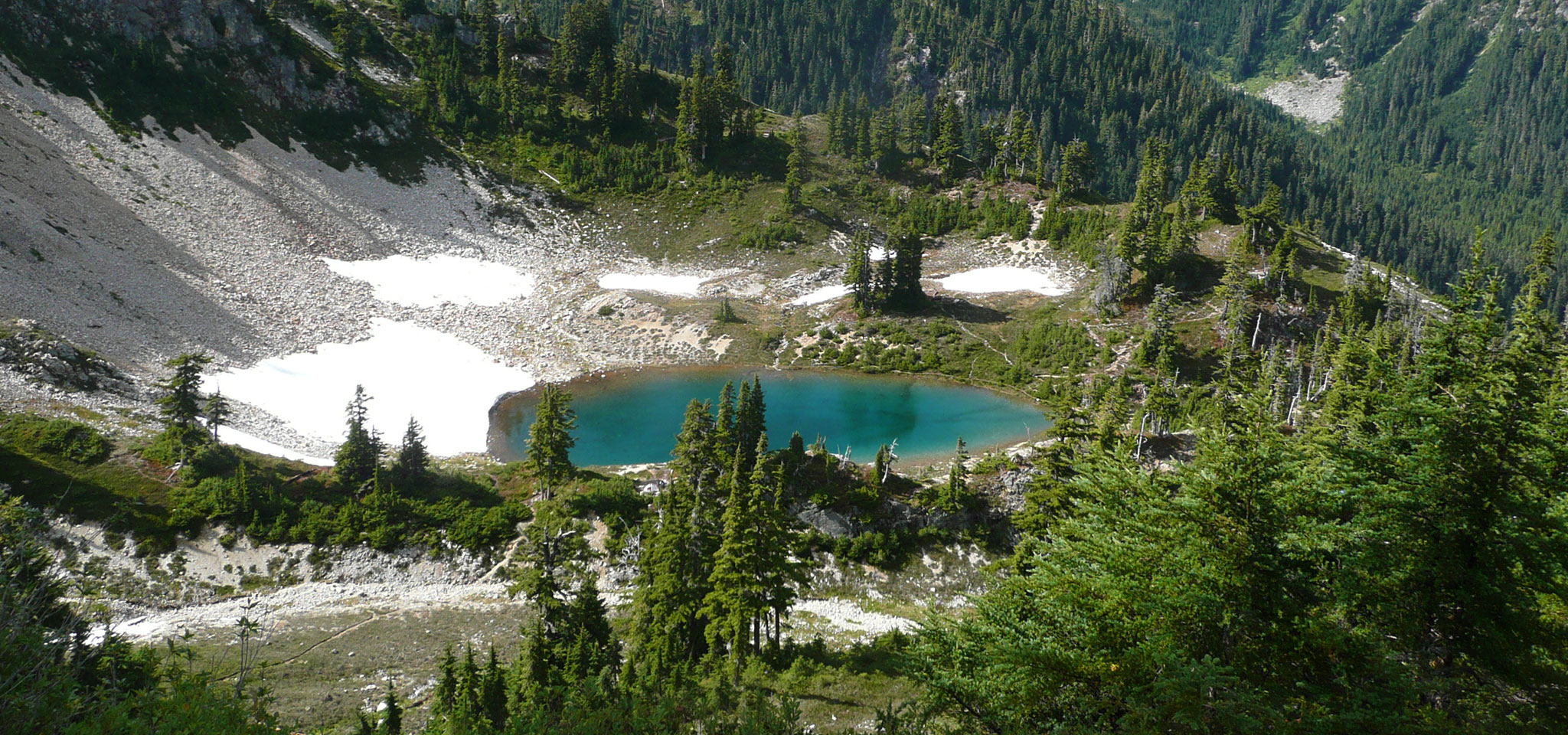
North Cascades Grizzly Country Photo: Robert Long
As a blueprint for restoring the health of Cascadia’s forests and rivers, the plan sought to find a balance between the needs of timber-dependent communities and the natural environment. It shifted federal lands management from timber dominance to ecosystem management and biodiversity conservation on nearly 25 million acres of nationally owned forests in Washington, Oregon, and California. More than anything else, the NWFP was driven by the need to meet the requirements of the Endangered Species Act, a bedrock environmental law that provides crucial protection for vulnerable plants and animals that serve as indicators of the health of the entire ecosystem.
The Plan is far from perfect, but 20 years on it’s clear that both biodiversity and the Northwest’s booming regional economy are benefitting from its protective provisions. The path has had rough patches along the way, but thanks to the determination and creativity of Wilburforce grantees and other advocates, strong local, regional, and national decision-makers, and nature’s own ability to heal, long-absent wildlife are returning home.
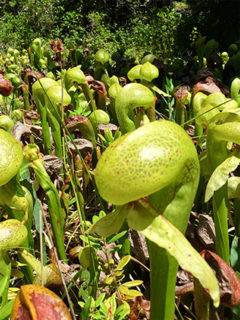
With sustained advocacy, Wilburforce grantees including The Wilderness Society, Pacific Rivers, and Conservation Northwest have seen great success in implementing the Plan. Notable accomplishments include the protection and restoration of old-growth forests and wild, clean rivers, and the transition to a more diverse and robust regional economy.
Many who have been drawn to the natural beauty of the Pacific Northwest over the past two decades are unaware of the Northwest Forest Plan. They have never seen a logging truck carrying a tree so big only one would fit, or have headed out to their favorite hiking spot only to find a clear-cut where a forested trail used to be. They don’t know why their drinking water is so clean or think about the massive amounts of carbon the ancient forests of the mountains they can see from their office windows in Seattle and Portland are absorbing. They are unaware of the decades of hard work that has been required to keep the Plan itself from unraveling from repeated assaults from extractive industries and the politicians that represent them.
Wilburforce Foundation grantees and others are working together to change that, as the Plan has begun its first significant revision since it was enacted. Inspiring new constituencies to speak up about the forests where they play and experience nature, that clean their air and water, and provide essential habitat for wildlife will be critical to ensure that the protective provisions of the Plan are not only maintained but enhanced.
The majestic forests of the Pacific Northwest, the human communities that depend on a healthy environment, and the wildlife that call Cascadia home—owls, salmon, lynx, wolves, bears, elk, mountain goats, and wolverines like Melanie and Rocky—deserve nothing less.



